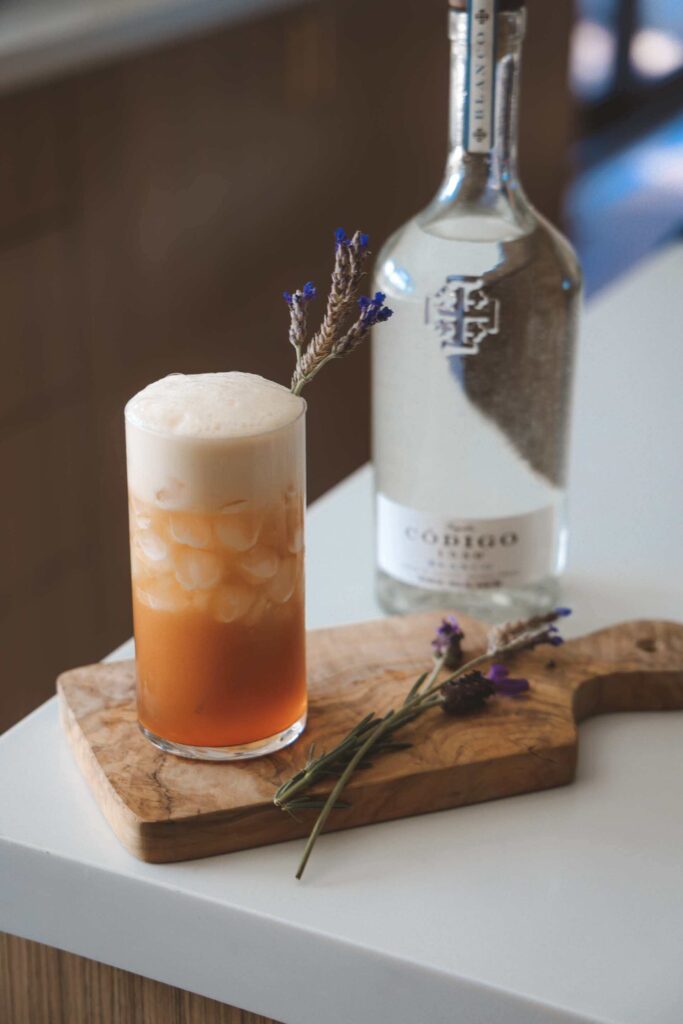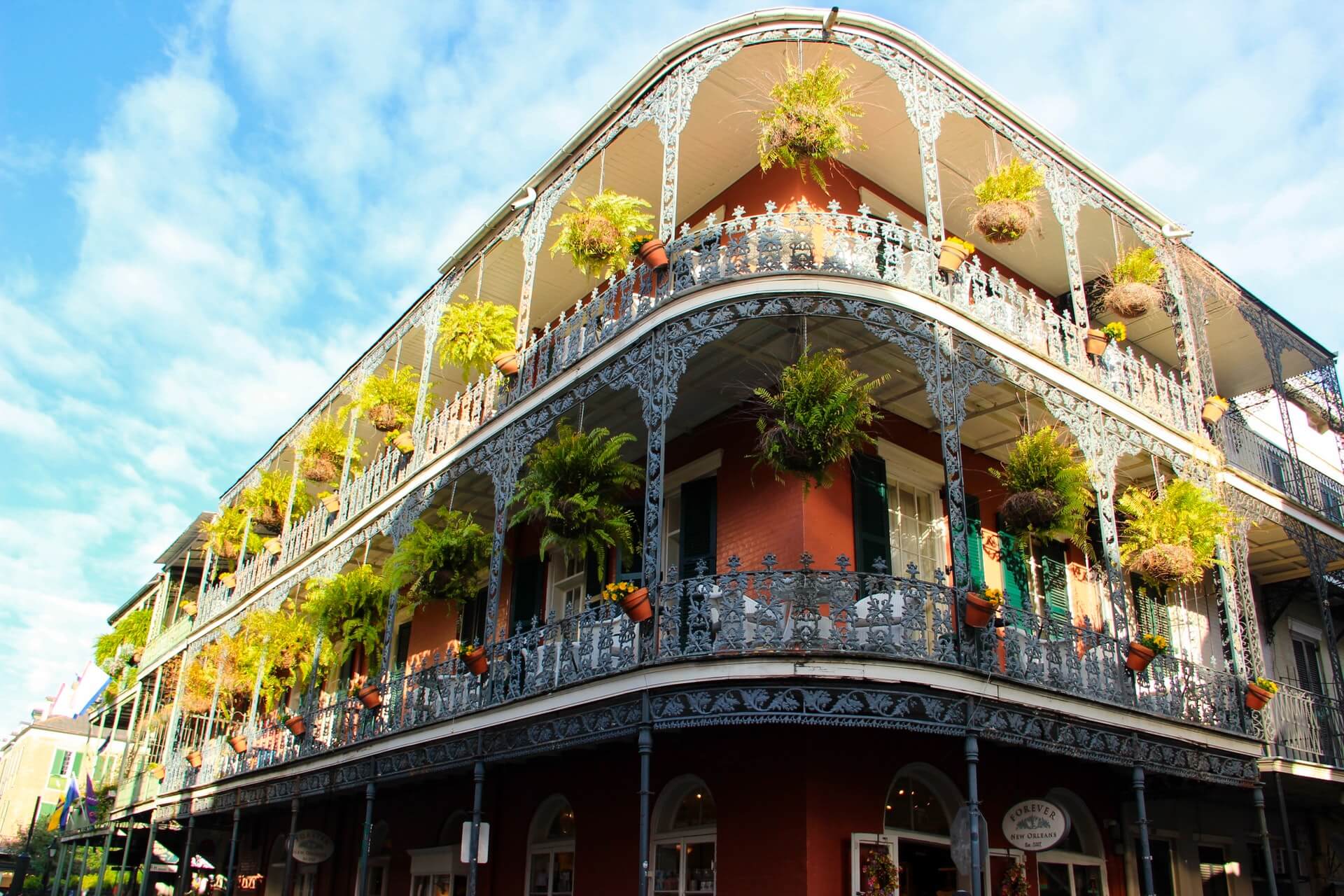Dame Hall of Fame Nominations Now Open!
by David Klemt

Now in its tenth year, nominations are open for the Dame Hall of Fame, honoring individuals who have a positive impact on hospitality.
In particular, the Dame Hall of Fame recognizes people who move accessibility and intersectionality forward.
The Tales of the Cocktail Foundation (TOTCF) and Ladies United for the Preservation of Endangered Cocktails (LUPEC) are accepting nominations until March 30. Currently, there are 42 DHOF members.
On July 29, three inspirational and influential Dames will join their peers. These three individuals will be inducted into the DHOF at the Ritz-Carlton New Orleans.
To nominate a potential inductee, please complete this form.
“We are so proud to be entering our tenth year of Dame Hall of Fame, which has become one of the most revered recognitions of Tales of the Cocktail Foundation,” says TOTCF CEO Eileen Wayner. “The collective magnitude of the Dames is unparalleled, and it is truly our honor to gather such a talented group of individuals, while inducting newcomers who are making a lasting impact on the hospitality community.”
Co-chairs Overseeing Process
The Dame Hall of Fame was first established in 2012. Since then, nearly four dozen of the most influential individuals have been inducted.
More than just an honor, the DHOF encourages continued mentorship. DHOF members seek to further diversity, inclusivity, and equity within the cocktail and hospitality communities.
In 2022, for the first time, two members will co-chair the DHOF. They will each take on this role for a two-term, effective immediately.
Additionally, the co-chairs will oversee this year’s DHOF nomination process. Learn more about each co-chair below.
Kirsten “Kitty” Amann
Kitty has more than fifteen years of experience in the beverage industry as a brand ambassador, cocktail book author, podcaster, publicist, bartender, and spirits writer. She is the New England Market Manager for Uncle Nearest Premium Whiskey and author of Drinking Like Ladies: 75 Modern Cocktails from the World’s Leading Female Bartenders.
In her roles, she is honored to share untold stories of greatness and help the truth find the light. Kitty is a founding member of the Boston chapters of Ladies United for the Preservation of Endangered Cocktails (LUPEC Boston) and the U.S. Bartenders Guild. As a frequent speaker on the history of women behind the bar and in the spirits industry, and has presented at Tales of the Cocktail, The Manhattan Cocktail Classic, Portland Cocktail Week, San Antonio Cocktail Conference, San Francisco Cocktail Week, Speed Rack Academy, and at the Smithsonian.
Kitty has taught yoga in Boston and around the world since 2010. She was among the first in the industry to introduce movement and breathwork to fellow bartenders, servers, and brand ambassadors to support their careers, and has presented at Tales of the Cocktail, The Manhattan Cocktail Classic, Portland Cocktail Week, and for local restaurants and USBG chapters.
Tiffanie Barriere
The bartender’s bartender, Barriere is an influencer and educator who has been awarded some of the beverage industry’s highest honors. The Bar Smart graduate, she is a Tastemakers of the South award-winner who spent seven years as the beverage director of One Flew South, the “Best Airport Bar in the World.”
As an independent bartender, she is known for creative and innovative cocktail menus for pop-dinners and bar consultancy clients, hosting mixology classes around the nation, and connecting culinary and farm culture with spirits. As a leader, she is a member of the Tales of the Cocktail Grants Committee, the James Beard Beverage Advisory Board, and a member of the Atlanta chapter of Les Dames d’Escoffier.
Barriere and her cocktails have been featured in such publications as Imbibe Magazine (print and online), Forbes, Essence, The Bitter Southerner, Cherry Bomb Magazine, Washington Post, Eater, VinePair, Food Republic, and Garden & Gun.
In 2020, Tiffanie was featured on Food Network’s The Kitchen, honored as the Tales of the Cocktail Foundation’s Dame Hall of Fame U.S. Inductee, along with the cover photo of Imbibe Magazine for the “Top 75” issue. The Louisiana-Texas native is the trustworthy mentor of some of the best bartenders and mixologists in the world. Tiffanie’s main goal is education, service and fun with every pour.
Nomination Criteria
In 2022, the three inductees will receive individual awards. There will be a United States inductee, an international inductee, and a Pioneer Award inductee.
Woodford Reserve will present the first two inductees, while The Blend will present the Pioneer Award.
The criteria for nominations is below, provided by the TOTCF:
DHOF US and International Inductees Presented by Woodford Reserve:
In addition to being a woman, non-binary or trans individual, to be considered to be inducted into the US DHOF, nominees must:
- be a person whose professional and personal accomplishments have shaped the beverage landscape and provide visible models of achievement for tomorrow’s leaders;
- serve as a leader and mentor; and
- reside in the United States of America.
In addition to being a woman, non-binary or trans individual, to be considered to be inducted into the International DHOF, nominees must:
- be a person whose professional and personal accomplishments have shaped the beverage landscape and provide visible models of achievement for tomorrow’s leaders;
- serve as a leader and mentor; and
- reside outside of the United States of America.
The Pioneer Award by The Blend:
This award recognizes an individual who has encouraged mentorship and contributed to making the hospitality industry equitable and inclusive by working to remove barriers as it pertains to gender identity, race, religion, and socioeconomic status.
The Pioneer Award, which was named for hospitality trailblazer and New Orleanian Ruth Fertel, will be announced on June 21 in conjunction with the TOTCF Spirited Awards. The recipient of the Pioneer Award will also be inducted into the DHOF during the July 29 Induction Ceremony.
Click here to nominate an individual today!
Image: Corey James Photo












